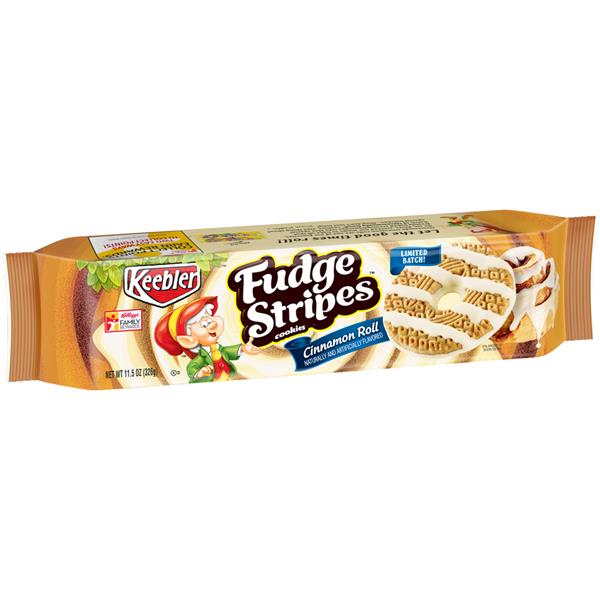Expiration Dates On Crackers

Expiration dates can be hard to locate on a product and even more challenging to decipher. Currently, the United States does not have a regulated or standard system for coding expiration dates on food, except for those on baby food and infant formula. All other dates and codes are added voluntarily by manufacturers. There are two types of expiration codes on products. The first is open dating, which uses a standard time or calendar date.
These dates are typically followed by labels, such as “use-by”, “sell-by”, or “pull-by”. Use-by dates are intended for consumers and indicate when a product will start to deteriorate, while the latter two are for grocery stores to know how long to keep products displayed on the shelves. Typically, products are good for seven to ten days past their sell-by or pull-by dates. However, this is only a guideline.
Expiration Dates On Eggs
For instance, even the posted sell-by or best-if-used-by label found on many dry goods, such as canned food items, may not reflect the most accurate shelf life of these products. Canned goods may in fact last months beyond the expiration code if stored and handled effectively.